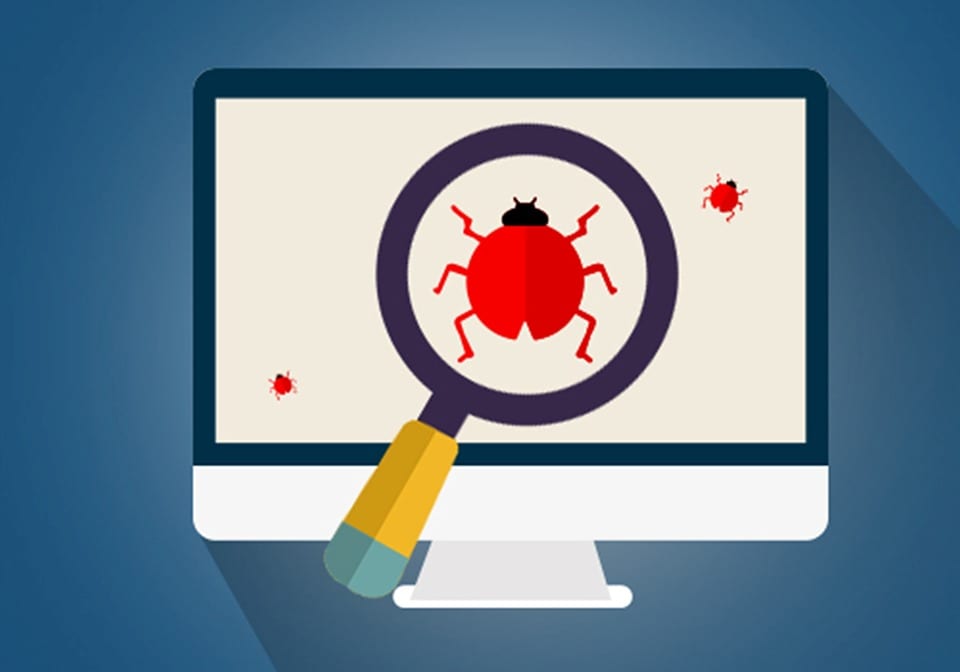Pros and Cons of Software Test Automation
By: Ciopages Staff Writer
Updated on: Feb 25, 2023

Before making a significant investment or changing the process, it is a good idea to understand the Pros and Cons of Software Test Automation. The technology world moves at lightning fast speeds. Technology companies are under constant pressure to release new products and updates regularly. The buying public demands bigger, better, faster, more. That constant need and push for new product releases is the driving factor behind test automation in many cases. But, is automated testing always the better choice and what are the recent trends in test automation tech businesses need to anticipate?
The technology world moves at lightning fast speeds. Technology companies are under constant pressure to release new products and updates continuously. The buying public demands bigger, better, faster, more. That constant need and push for new product releases is the driving factor behind test automation in many cases. But, is automated testing always the better choice and what are the recent trends in test automation tech businesses need to anticipate?
Test Automation Trends for 2017 and beyond
Below are three major trends developers and testers should expect to see in test automation as 2017 approaches. In fact, organizations that adopt these trends early may have a real advantage over competitors who do not.
Focus on Continuous Delivery Testing
The push for continuous delivery of new products is the biggest trend in test automation. For the sake of development, it means that testing needs to begin earlier, during the development stage of the product. Businesses that wait until the delivery cycle approaches may face unnecessary delays or the need to issue large patches customers must install before using their products.
Stricter Mobile App Oversight
Entrepreneur reports that the mobile app market will be $77
By using a combination of test automation for the repetitive aspects of testing in addition to manual testing for the user interface and other visual aspects of mobile app creation, you can eliminate many of the bugs and problems that prevent apps from going live under these stricter requirements.
billion by 2017. That’s big business. Because of that, app stores are cracking down on bugs and creating far more rigorous requirements for approval. It will no longer be acceptable to put the app out there and wait for customer feedback before making changes.
What does this have to do with test automation? By using a combination of test automation for the repetitive aspects of testing in addition to manual testing for the user interface and other visual aspects of mobile app creation, you can eliminate many of the bugs and problems that prevent apps from going live under these stricter requirements. This will help to rule out and remove anything other than the sneakiest of bugs before submitting apps for app store approval.
New Framework Designed to Support Automation
The problem in the past is that many development frameworks have been notoriously tester un-friendly. This includes SharePoint, ASP.Net, and Silverlight. That is changing as test automation rises in prominence and prevalence. Expect to see more frameworks and tools designed to support the entire lifecycle of software development – from concept to completed product, like ASP.Net MVC and Silverlight with MVVM.
When is Automated Testing the Best Choice?
As much promise as test automation shows, it is not a viable replacement
For this reason, test automation is by no means prepared to replace the human element, but there are many good reasons to consider incorporating both manual and automated testing into your product design and testing protocols.
for manual testing. There are still occasions when manual testing is superior. One prime example is when testing user interfaces (UIs). For this reason, test automation is by no means prepared to replace the human element, but there are many good reasons to consider incorporating both manual and automated testing into your product design and testing protocols.
Automated testing reigns supreme in many scenarios, especially those that require lots of repetition, load testing, functional testing, stress testing, testing for exceptions, and performance testing.
Pros and Cons of Software Test Automation
There are many strengths to consider when it comes to automated testing. The list below is an excellent example of the many ways organizations can maximize productivity and prioritize the valuable time of testers so they can focus their attention on tasks that are more cost-effective for the business.
Pros of Software Test Automation
- Speed – Automated testing can chew through mountains of codes at speeds much faster than human testers will ever hope to achieve.
- Reduces Labor Costs – Because automated testing of software can be performed in the development stages as well as when manual testing is being conducted, it allows for more efficient use of labor hours.
- Endlessly Configurable – Automated tests can run thousands of simulations and events with minimal effort on the part of human testers.
- No Hourly Rate – While the upfront costs of test automation may be viewed as limiting for many organizations, the long-term benefits make it a worthwhile investment.
- Eliminates Human Error – Human error is one of the many problems associated with having inconsistent results during the testing process. Automation takes the human element out of the testing providing results that are more reliable.
- Reusable – You can use the same tests on different software or application version.

Cons of Software Test Automation
- High Up-Front Costs – When compared to the lifetime labor costs test automation provides, this is only a drop in the bucket. For most small businesses, though, the price of automated testing puts it beyond their reach.
- Limitations of Technology – Automated tests can, and do, detect most bugs in a program or system. However, they are unable to test visual aspects of the programming, requiring the use of manual testers for these delicate tasks.
- Long Learning Curve – You will save lots of time and labor costs over time, but there is an investment of time in the learning and setup process to be considered and counted. The biggest costs are all upfront with test automation.
To use test automation successfully in today’s IT business it is necessary to continue using manual testing in concert with the automated tests. To accomplish this seamlessly, look to use the strengths of each testing type to its maximum benefit while using the other to minimize the weaknesses. Getting an early start with test automation can give you an edge in your industry that is too beneficial to ignore.
Have you implemented automated software testing technologies? In your opinion, what are the pros and cons of Pros and Cons of Software Test Automation?